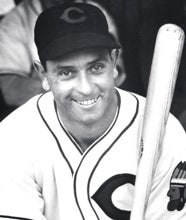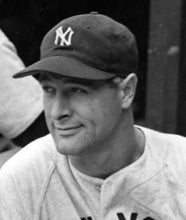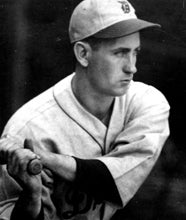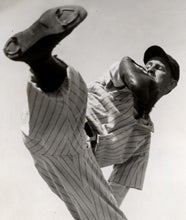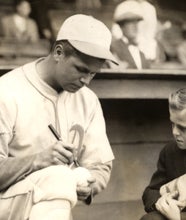- Home
- Our Stories
- #Shortstops: Picture the Future
#Shortstops: Picture the Future
Superstar athletes have always been revered by younger generations who aspire to become just like them. Like today's stars such as Patrick Mahomes, LeBron James, and Shohei Ohtani, Babe Ruth was the transcendent, inspirational athlete of the early 1900s, whose legacy continues to inspire and connect people across generations.

In 1934, Ruth and other American baseball stars Earl Averill, Lou Gehrig, Charlie Gehringer, Lefty Gomez, Connie Mack, and Jimmie Foxx embarked on a two-month journey to Japan for a barnstorming tour. The welcome for the American ballplayers was not just impressive, but it marked a significant cultural exchange. More than 500,000 Japanese came out to welcome the American baseball stars upon their arrival, with Ruth being the most popular of them all. The group played in 18 games across the country, going 18-0, leaving a lasting impact on the cultural landscape of both nations.
Japan welcomed Ruth and the rest of the All-Americans with open arms but was especially captivated by Ruth. Fans camped out overnight to secure the best seats. They followed Ruth's every move. Their obsession was genuine, with a reporter recalling, "the fans went crazy each time Ruth did anything – smiled, sneezed, or dropped a ball."
In a country where baseball was growing exponentially in popularity, Ruth made an instant connection with the youth, as evidenced by this photo from the collection at the National Baseball Hall of Fame and Museum. Sitting beside five Japanese children in a packed stadium, Ruth consciously tried to bridge the gap between generations and share his love for the game.

While the Americans and the Japanese shared the same love for the same sport, players and fans noted the differences between American and Japanese baseball throughout the tour. The two teams played and approached the game differently. American baseball reflects its roots as a 19th-century urban game popularized during industrialization, rapid economic growth and mass immigration. Conversely, Japan played baseball as a martial art, and the games they played during the Tour of 1934 came to represent Japan's struggle to develop a national identity.
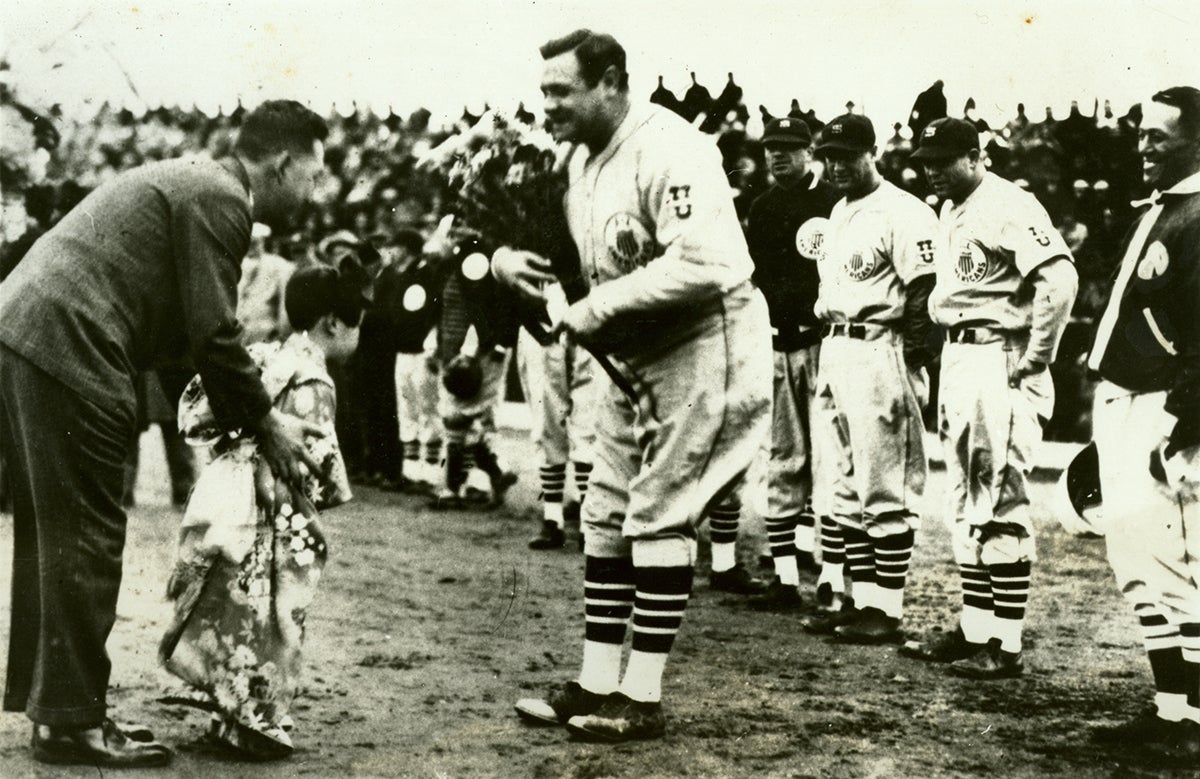
While the Americans dominated the Japanese opposition, a 17-year-old Japanese pitcher almost did the unthinkable. Eiji Sawamura had a legendary pitching performance in the little-known town of Shizuoka. He recorded 11 straight outs, igniting the crowd with consecutive strikeouts of Gehringer, Ruth, Gehrig and Foxx. Despite Sawamura's valiant effort, The Americans won 1-0 after Gehrig homered in the seventh inning.
Sawamura became a national hero overnight, as his epic performance proved to Japan that they could compete against their Western opposition. Sawamura's legacy lives on today, as Japan's annual award for the best pro pitcher bears his name.
1934 was a complex time for American-Japanese relations. But as it did after the conclusion of World War II, baseball brought people – and even nations – closer together. Ruth's visit to Japan in 1934 left a mark on baseball's history and significantly shaped the relations between the two countries.
Augie Franck is the 2024 Licensing, Sales and Marketing Intern in the Frank and Peggy Steele Internship Program for Leadership Development


